2






October 1, 2013 • Page 2
shop online at www.missourivalleyshopper.com
Breast Cancer Screening:
What’s a Woman to Do?
cancers at a smaller,
more
favorable
stage
which
decreases
death
from breast cancer
and
allows
increased
treatment
choices.
However, publication of the United
States Preventive
Health
Services
Task Force’s screening guidelines created a storm of controversy and left
many
women
wondering what
guidelines to follow
Mary J. Milroy, MD, FACS,
for optimal breast
Board Certified Surgeon
cancer screening.
Specializing in Breast Surgery
The American
Yankton Medical Clinic, P.C.
Cancer Society estimates that 232,340
Breast cancer contin- new cases of breast cancer
ues to be the most common will be diagnosed in the
cause of cancer in women United States and there will
and second only to lung be 39,920 deaths from
cancer as a cause of cancer breast cancer in 2013.
death
in
women. Despite intensive research,
Mammography
detects the cause of breast cancer
IMPROVE WORKING CONDITIONS
FOR YOUR FEET.
FREE SOCKS SALE!
In stock. 6” & 8” styles. Up to 4E wide & size
15 in stock. Available in Safety & Non-Safety Toe.
Boston 3rd • Yankton • to Boots
Shoes 665-9092
312 W.
remains elusive and prevention of breast cancer
remains a dream and not
yet a reality. Women often
wonder who is at risk and
who should be screened. A
number of factors may
place a woman at increased
risk but the two greatest
factors for developing
breast cancer are being
female and increasing age.
The majority of women
diagnosed with breast cancer have no other risk factors. Therefore, it is important for all women to be
screened for breast cancer.
Women do need to review
their risk factors with their
primary care provider to
see if they are at increased
risk and may benefit from
genetic counseling and
increased screening.
Strong world-wide evidence supports screening
mammography as the best
method to detect early
breast cancer. The current
controversy
revolves
around the best age to
begin screening, how often
to perform screening and at
what age to stop screening.
When considering the
options, the benefits versus
the risks must be considered. The benefits of mammography are its ability to
detect breast cancer at a
smaller size where treatment options are greater,
often less radical and death
is decreased. There is no
other test with stronger
evidence behind it demonstrating its ability to save
lives. The downsides are
that
mammography
requires
compression
which can be uncomfortable, not all cancers can be
seen by mammography
which are called false negatives and some areas on a
mammogram may appear
suspicious but ultimately
prove to be benign which
are called false positives
and which can create anxiety, require additional evaluation with diagnostic
mammograms and ultrasounds or even at times
require a biopsy.
The US Preventive
Services Task Force advised
women to begin mammography at age 50, only every
2 years, and only until age
74. This was based on concerns about both the lower
incidence of breast cancer
in women in their 40s and
concerns about increased
false negative and false positive
mammograms.
However, in the May 2012
issue of Oncology, the
American Cancer Society
reviewed the evolving evidence in breast cancer
screening and concluded
by reaffirming its recommendations to begin
screening mammography
at 40 and then every year
to an age where curative
therapy would not be
offered due to other medical conditions.
While the evidence for
mammography remains
strong, some of the downsides
are
fortunately
decreasing. Experienced,
specially-trained mammography technologists can
work with a woman to
make mammography a
very tolerable procedure.
Modern digital mammography with the addition of
computer aided detection
(CAD) has been shown to
greatly improve the accuracy of mammography especially in younger women
and women with dense
breasts. Experienced radiologists can decrease the
frequency of breast biopsies. Also, the development
of minimally invasive needle biopsy has turned
breast biopsy into an outpatient procedure with
local anesthesia and an
incision so tiny that it usu-
ally does not even require
stitches.
The American Cancer
Society guidelines for
breast cancer screening
encourage a woman to be
aware of her breasts and
promptly report symptoms
for evaluation. Clinical
breast exam should begin
at age 20 and continue
every 3 years to age 40 and
then
become
yearly.
Mammography
should
begin at age 40 and continue yearly until an age
when therapy for breast
cancer would not be
offered due to limiting
medical conditions. The
Yankton Medical Clinic
Breast Cancer Screening
Team stands firmly behind
the American Cancer
Society guidelines.
Breast Cancer screening: What’s a woman to
do? The answer is clear.
Screening saves lives.
Women should review
their breast cancer risk factors with their primary care
provider to determine their
best screening guidelines,
be aware of breast changes
and promptly report symptoms, have clinical breast
exams and be sure to have
screening mammograms.
Dave Says
Lumping It To Pay Debt
Looking for a self motivated person to perform
booking and billing for agronomy services at the
Vermillion/Meckling, SD location. Applicants must
be proficient with computers, competitive wages,
depending on experience.
To apply contact Carl Hinz @ 605-670-2964.
BY DAVE RAMSEY
Dear Dave,
I have $400 in debt on a
credit card, and I haven’t
made a payment on it in
about two years. The debt
has been sold several times,
and now the amount they’re
Sal
Sal
ale
le
23rd Anniversary
rd
rs r
rsary
October 1-31, 2013
asking for is over $1,000. I’d
like to work something out,
but how do I know the collection company that is calling me now is legitimate?
— Lorenzo
Dear Lorenzo,
It’s normal for a debt this
old to have been sold a few
times. My guess is the company that’s calling you is
legit, and they probably
bought the debt for pennies
on the dollar.
Whatever you do, don’t
set up a payment arrangement. They’re asking for
over $1,000 because they’ve
added stuff like late charges
and interest. Let’s go back to
the original amount of $400
and see if they’ll accept a
one-time, cash payment to
settle things. Make sure you
GUBBELS SALVAGE
WANTED:
• Old Cars
• Farm Machinery
• Any Type of
Scrap Iron
• Grain Bin
We now offer a towing service
Removal
and skid loader work.
Paying Top Dollar 1-402-640-6335
Will Pick Up
Coleridge, NE
There’s havesting........
and then there’s John Deere harvesting!
REBATES OF
UP TO $6500
OR 0%
FINANCING ON
SELECT
MODELS*
2013 GM CLOSEOUT
2013 CHEVROLET
MALIBU LT
SAVE ON ALL
REMAINING
2013’S IN
STOCK
Maximize your profits
with the high-performance
harvesting strategy.
$
199/mo
39 month Ally
Smartlease
We Support
Remote starter • On STAR • Am/Fm/XM CD • Power windows/locks
2.5 L 4 cylinder • 6spd automatic • A/C • P/seat
2013 BUICK
LACROSSE
CXL
$
297/mo
39 month Ally
Smartlease
3.6 L V6 • 6 spd Automatic • A/C • Heated Leather Seats
ON STAR • Remote starter • Back up camera
*$3000.00 cash down and CCR, 1st month payment & security deposit
waived, subject to ALLY approval, see dealer for additional details
View Entire Inventory Online At www.rasmussenmotors.com
Rasmussen Motors
209 W. Cherry • Vermillion, SD • 605-624-4438 • 800-568-5004
Gary Rasmussen Ric Rasmussen Randy Rasmussen
624-9612
624-5204
624-1098
MON-FRI 7:30AM-5:30PM
SAT 8AM-3PM
OPEN NIGHTS BY APPOINTMENT
615 N. Hwy 81 - Freeman, SD (605) 925-4241
39660 SD Hwy 46 - Wagner, SD (605) 384-4580
2200 E. Hwy 50 - Yankton, SD (605) 665-3762
Visit us on the Web!!
deerequipment.com
get it in
writing if
they
accept
and don’t
give them
a dime
until after
you get
the written agreeDave
ment.
Then,
once you RAMSEY
have the
agreement, send them $400. Do
not, under any circumstances, give them electronic access to your checking
account.
You’ve waited a long time
to take care of this, and in
the process you’ve made
things more difficult. I’m
glad you’ve decided to clean
up your mess, though. Late
is better than never,
Lorenzo. Just remember,
you’re still responsible for
debts you incur-even if the
company you originally borrowed from has sold it to
someone else!
— Dave
CUT THE HEALTH
INSURANCE?
Dear Dave,
Is it ever okay to stop
paying or drop health insurance altogether in order to
pay off debt?
— Shauna
Dear Shauna,
No! The No. 1 cause of
bankruptcy in America
today is medical bills, and
credit card debt is a close
second. That doesn’t mean
medical bills only of the
uninsured. It also includes
money from co-payments,
deductibles and the fact that
people didn’t have any savings. One accident or unexpected event can leave you
with thousands of dollars in
medical bills, and that’s
even with a good health
insurance policy.
I don’t want anyone walking around without health
insurance. But I’m not talking about the Affordable
Care Act and all the other
mandated crap the government is trying to shove
down our throats. I’m talking
about a solid health insurance plan along with having
some money saved. Do this
first then you can have all
the philosophical discussions you want about
whether or not you’re supposed to pay for someone
else’s healthcare and
upkeep.
At the end of the day, it’s
absolutely vital that you
have your own health insurance. I hope I haven’t been
unclear on this topic!
— Dave
Read & Recycle!
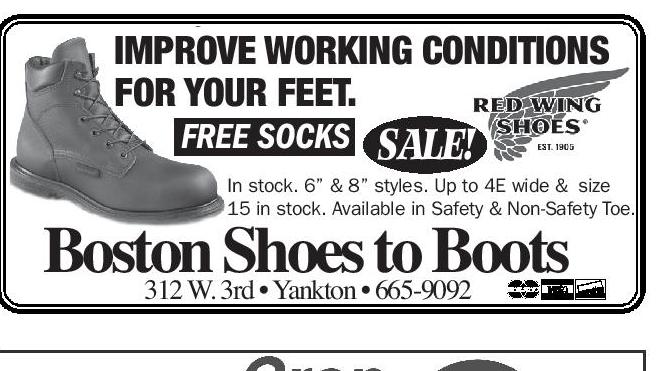



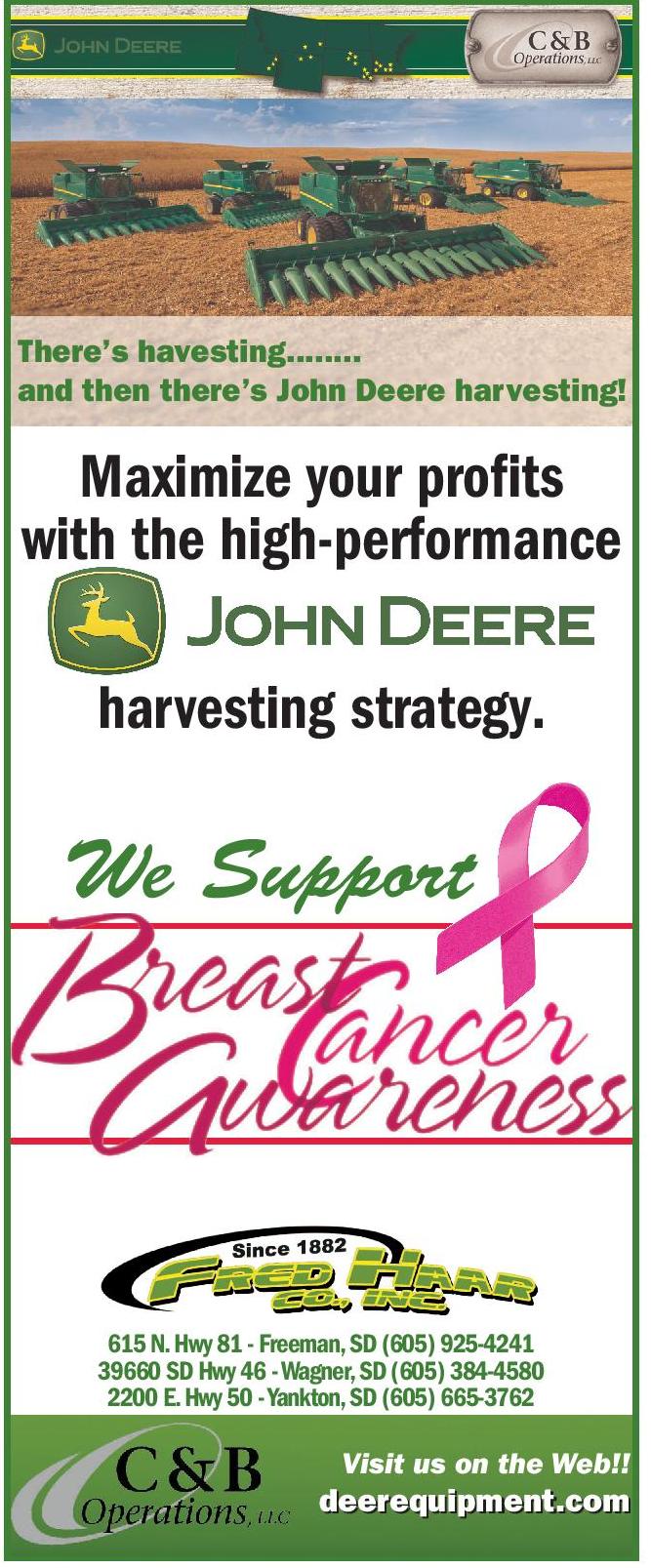
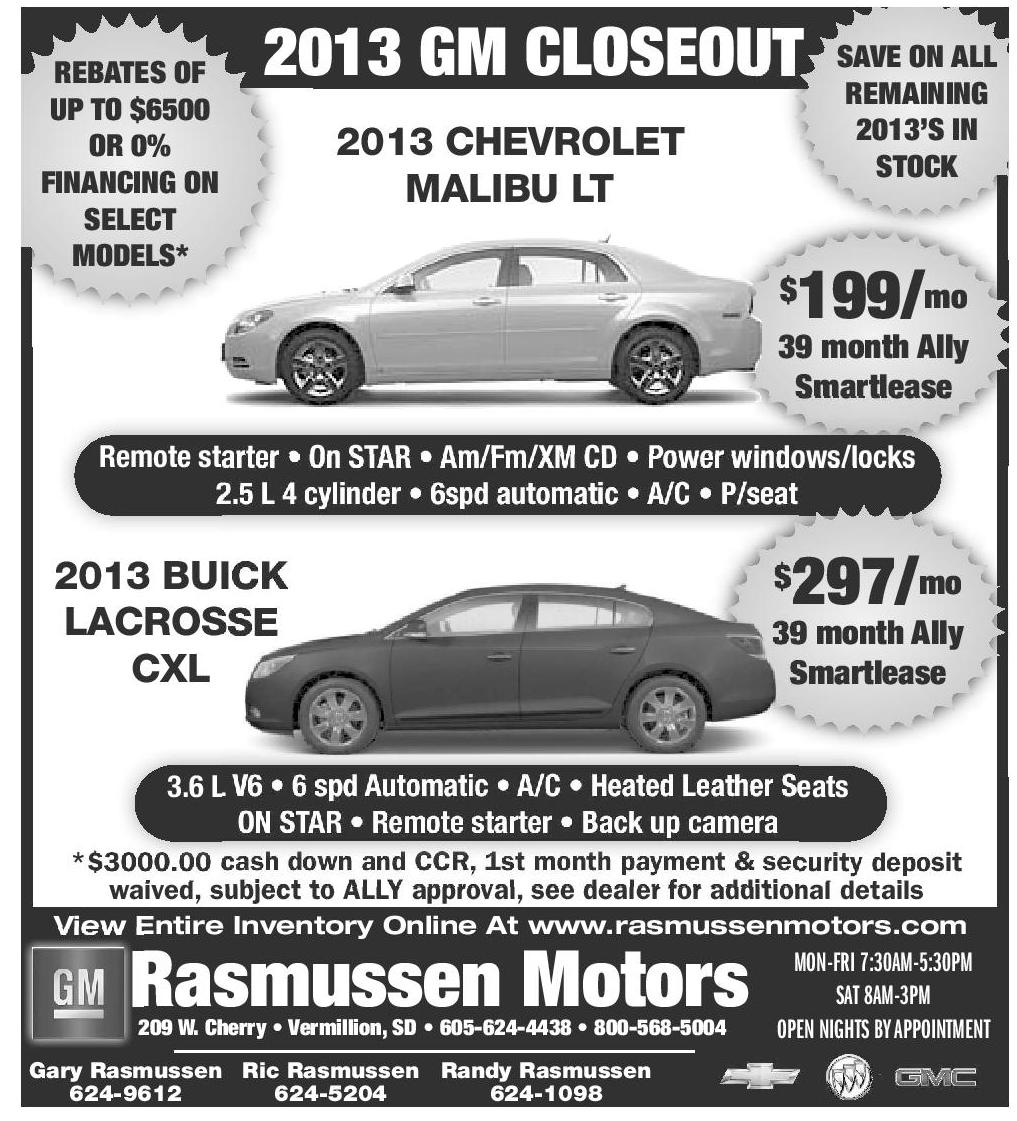


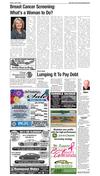
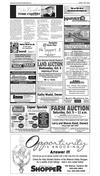
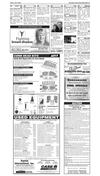
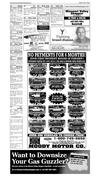
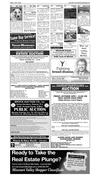
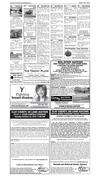
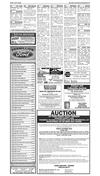
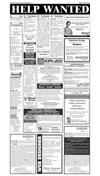
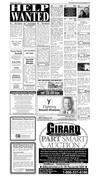
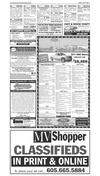
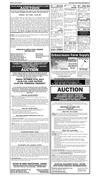

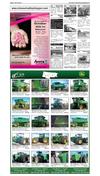
 Previous Page
Previous Page





